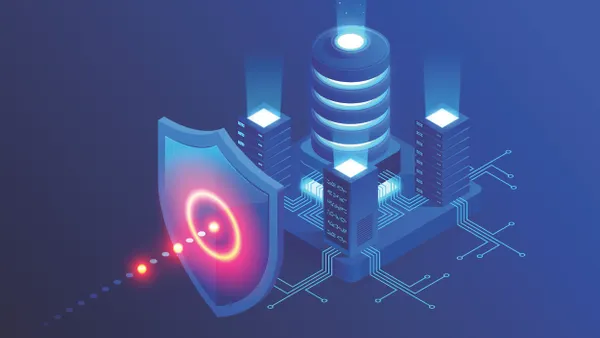
This feature is the first in a series focused exclusively on issues impacting higher ed IT administrators, running through the beginning of the annual Educause conference in October. Check out the second feature: What 6 higher ed CIOs wish they knew their first day on the job.
Declining state and federal funding, increased competition for students and a growing number of alternative credentialing providers have left many higher ed institutions feeling a financial crunch. With a number of colleges and universities nationwide having to stretch resources and make every dollar count, each department must justify its needs.
"From a high-level budget standpoint, Boise State is a public institution and like most public institutions in the country, your state or public contribution is getting smaller," said Max Davis-Johnson, associate vice president and CIO at Boise State University. "It’s just the nature of the business."
As with organizations across sectors, higher ed CIOs have to work within their allocated budgets, though there are large implementations or projects that necessitate requesting supplemental funding.
"I like to take the attitude that if we needed to do it, it would be funded," Davis-Johnson said.
For CIOs, that often requires presenting IT needs from a business case perspective.
"My philosophy is that sometimes you have to spend money to save money," said Sasi K. Pillay, vice president for IT services and CIO at Washington State University.
At the end of the day, one of that primary concerns for a higher ed CIO is to find opportunities to make life easier for customers, in this case, the faculty staff and students, according to Pillay. On many campuses, this can involve offering increased secure mobile access from any device.
"I was very successful at my last institution in advocating for new dollars by putting it into terms that weren’t about technology drivers but were about use drivers," said Raechelle Clemmons, CIO at Davidson College.
At her previous institution, a major refresh of the campus' wireless system was approached with a total-cost-of-ownership analysis case, as well as student data showing a lack of good wireless access was the single biggest issue for students — and their biggest source of frustration. Demonstrating the impact on the student experience went beyond simply saying "we need the best tech because it's the best tech" and drove home that wireless quality could be a factor in students' decisions to attend.
Necessary updates
In every industry, CIOs are tasked with keeping up with the latest trends in technology, ensuring that systems are seamlessly and securely running. But that’s often easier said than done. Maintaining a streamlined IT infrastructure on campus requires constant updates and investments in new technology.
"In some ways higher ed has been an early adopter in some areas, in things like the internet and email," Davis-Johnson said. But over time, campuses have slipped in their adoption and are a bit slower in bringing in new technology.
But campuses are starting to move toward the cloud or Software as a Service. "Boise State is fairly aggressive in looking at cloud services, but at the same time we want to be appropriate about it. We don't just want to go to the cloud because it’s neat," Davis-Johnson said. "We have to make a solid business case" for the technology.
Boise State recently adopted Oracle Financial Cloud, the first public institution to do so. Being first is a bit of a "learning curve," Davis-Johnson said, but with the support of Oracle, the ERP shows promise in its application on campus.
For investments in campus technology, a lot of the required decision-making stems from knowing how to effectively upgrade without jolting the budget and, in turn, campus leadership.
"Very rarely do we swap out the entire thing and bring something on that's entirely new," Pillay said. Changing a campus’ technology requires investing time in being succinct and clear about enterprise architecture, so that organizations can “indeed swap out parts and pieces of it without disrupting the whole."
Engaging other administrators key
Of course for IT leadership on campus, it also helps to foster good relationships with the other vice presidents and provosts, as well as the campus president.
"I actually report to the president, which is a real advantage because I have the president’s ear," said Melissa Woo, vice president for information technology and CIO at Stony Brook University. "But the other VPs have to know what IT’s value is, because I think most people think IT is just keeping things running."
"It’s network that nobody notices until it’s gone," Woo said. "It’s a lot of services that nobody really thinks about until they’re down, and I think having that relationship with the other VPs means they can actually see us as a strategic partner."
To help prioritize IT needs, "you need to understand the people at the top and you work those relationships," said Davis-Johnson, who reports to the chief financial officer and the provost. "A lot of it is sort of the marketing piece of being a CIO."
To help get an IT effort underway, "I'll go in, I'll plant seeds. I come back, I'll water and cultivate. I'll use other people to express needs," Davis-Johnson said. "You're selling the need to move forward and hopefully you don't have to use a disaster or a system failure to say, 'hey, we really do need to address this.'"
"But you can't do everything. You have to understand, have to get the true campus priorities and couch a lot of what you do in meeting these long-term university priorities that you have," Davis-Johnson said.























